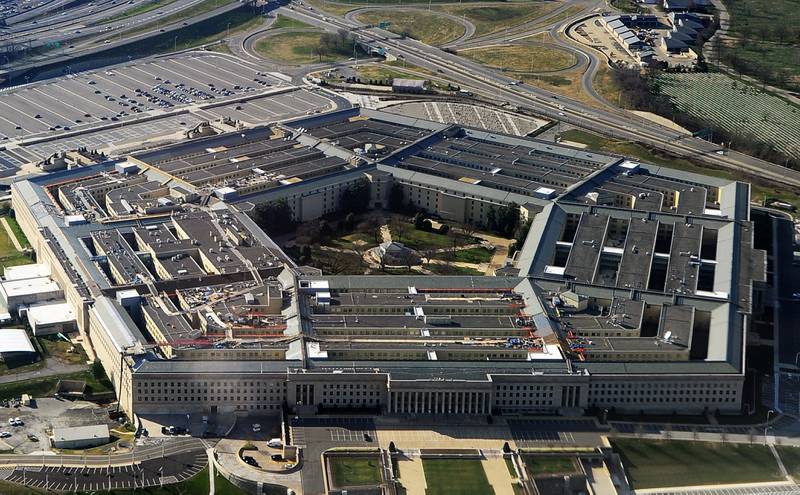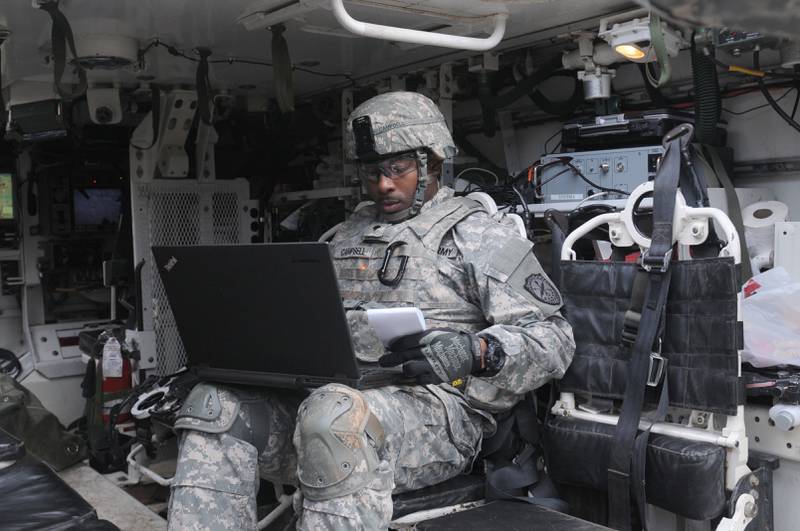


Three keys to standing up the Army’s Modernization Command [Commentary]
As the Army stands up the Modernization Command, it faces some daunting, yet addressable challenges. Here are the big obstacles they need to overcome.

Net Defense Blogs
Solving the challenges of change [Commentary]
Change is not easy and what the Army has been undertaking with its network strategy can best be described as a paradigm shift. However, wideband technology is a game changer and we should sprint forward to put this capability in the hands of the war fighter. So how and why aren’t we closer to success?

Talk is cheap — what we need is more action
As Sen. John McCain said: “Threats to the United States in cyberspace continue to grow in scope and severity. But our nation remains woefully unprepared to address these threats, which will be a defining feature of 21st century warfare.”

WikiLeak's CIA disclosure: Missing the real issue
It is difficult for me to understand why the ability to hack computers and devices and look and listen in is a shock to anyone.

House bill would allow companies to directly respond to cyberattacks
The U.S. House of Representatives has floated what is titled the “Active Cyber Defense Certainty Act,” which basically allows companies experiencing a cyberattack to hack back.

The Pentagon's innovative approach and cyber implications
With so much taking place in the technology environment, the Department of Defense recently made a strategic move to more aggressively pursue the capabilities and solutions these emerging technologies offer.

DoD must act like a startup [Commentary]
Given the dynamics of the cyberthreat environment, we must change and adapt to this environment immediately — or risk failing and falling behind. Perhaps part of the answer to this issue is for the defense and intelligence organization and industry players to think of themselves and more importantly act like a startup!

Our nation at risk: New and deeply concerning numbers
Are we moving ahead at a sufficient pace to adequately secure our sensitive military, intelligence and government systems, as well as our critical infrastructure?

What we need is a cyber force multiplier [Commentary]
We must learn from the past, anticipate the future and concentrate on identifying what would be considered a force multiplier in cyberspace.

External cybersecurity integration a huge challenge
Protecting and defending the weakest in your connected environment is a much bigger challenge than many realize.

A global cyberwar on politics and government
All governments must take aggressive action to minimize cyberthreats and ensure the integrity of their political processes.
